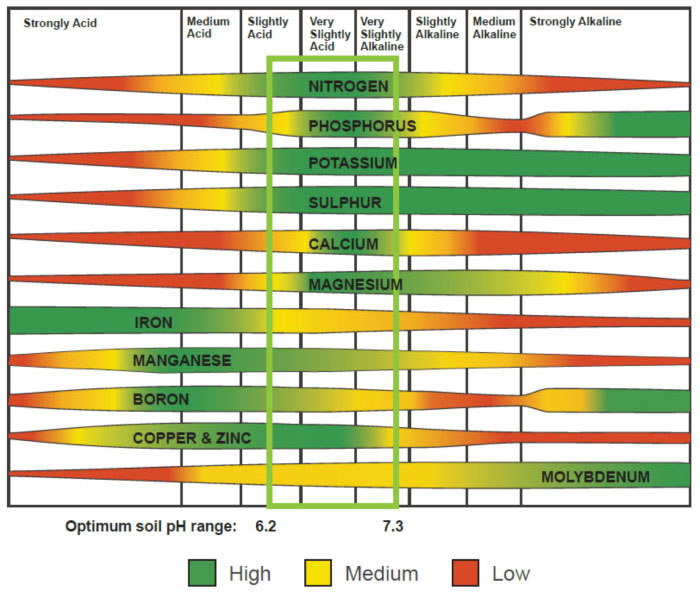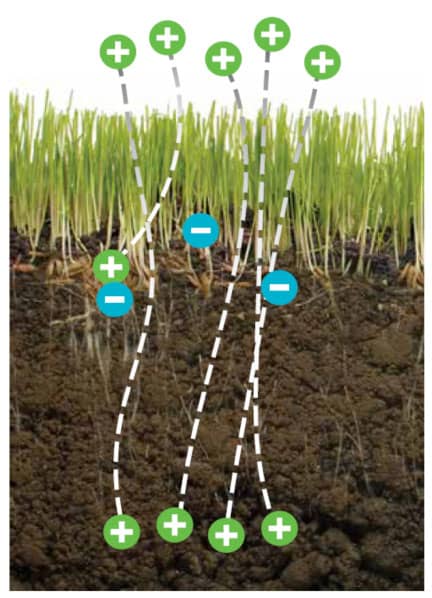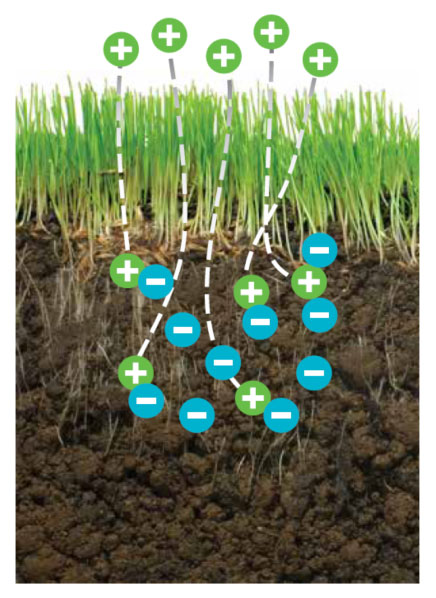About Topsoil
Nearly all crops are grown in topsoil, the top layer of the earth. Topsoil is a micro-ecosystem that’s full of organic matter (decomposing plants and animals), minerals (nitrogen, phosphorus, etc.), microscopic organisms (microbes, bacteria, fungi), anthropods (insects), worms, air, and water.
Soil Types
Though soils contain these same elements, they differ in soil texture. Soil texture refers to the amount of sand, silt, or clay in the soil and varies greatly across North America. Soil texture is one of the most common features used by scientists and laymen to describe soils.
Understanding soil texture is important because certain soil textures are better suited for particular plants and crops. Generally speaking, western soils contain more sand and loam, while eastern soils contain more clay and silt. Because soil texture classes hold water and nutrients differently, it is an important factor to consider when deciding which plants to grow and which fertilizer will help the soil provide the plant with the best growing soil possible.
Soil pH
In addition to varying soil textures, soils have varying levels of acidity called soil pH. Soil pH is measured on a scale that starts at 1.0 (most acidic), moves to 7.0 (neutral), and ends at 14.0 (most alkaline). Every plant has a preferred pH level where it will thrive.
In general, most plants grow best at pH levels between 6 and 7 (neutral). Because soil pH levels outside that neutral range limit potential plant growth, growers will often add limestone to raise a soil pH or elemental sulfur to lower it. With the soil pH adjusted closer to the neutral range, plants have improved access to plant nutrients in the soil or provided through fertilizer.

Soil Cation Exchange Capacity
Soil has a negative charge, so it attracts and holds positively charged molecules called cations (iron, calcium, magnesium). Negatively charged molecules, which are called anions (nitrogen, phosphorus), are not attracted to the soil. This makes them more vulnerable to “leaching” from the soil and dissipating into the air, where they’re unavailable to plants.

Low CEC
Soil with a higher negative charge can hold more cations. By applying a product that affects the electromagnetic qualities of the soil, the cation exchange capacity (CEC) can be adjusted. This allows growers to “bind” or “fix” nutrients to the soil to reduce nutrient leaching.



















